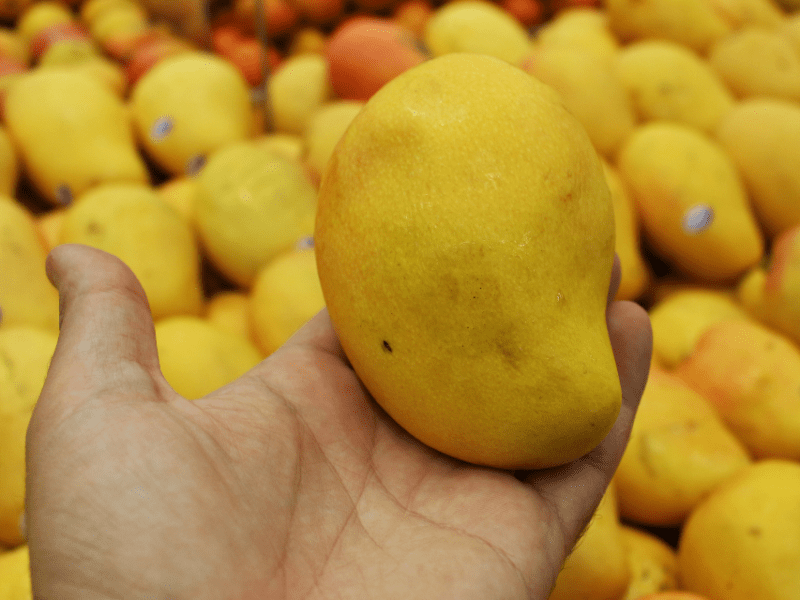Many people hold a special place in their hearts for Navratri, the nine-night festival celebrated with zest and devotion across India. It symbolises the triumph of good over evil and is dedicated to the worship of the goddess Durga in her various forms. While several regions celebrate Navratri with fervor, Goa offers a unique and vibrant twist to this festival known as Makharotsav.
In this blog, we will delve into the history, significance, and fascinating traditions of Navratri in Goa, where the celebration marks the magnificent ‘Makhars.’
History and Evolution of Navratri in India:
While Gujarat’s fasting rituals and nightlong Garba Navratri are well-known, West Bengal upholds a tradition of feasting for the entire 9 days. Additionally, you should keep an eye out for the Mysore Dasara and Vijayadashami. Despite the differences in customs and traditions, this period symbolizes the victory of good over evil and encourages communal prayer and devotion.
Typically, Navratri all over India follows a similar structure. It entails 9 days of celebration, culminating in the celebration of Dussehra on the 10th day. Dussehra commemorates the victory of Lord Rama (representing good) over Ravana (representing evil). In various parts of India, this victory is celebrated by burning a large statue of Ravana. Bengalis conclude Durga Puja by immersing the idol of the Goddess.
And although it may be hard for some of you to believe, Goa has its own Navratri rituals that are carried out with great enthusiasm and conclude with similar festivities.
Navratri in Goa – The Makharotsav
Navratri in Goa is an exceptional and distinctive celebration, known as Makharotsav. The roots of this tradition can be traced back to the sixteenth century when temples in Salcete, Tiswadi, and Bardez were destroyed. Devotees relocated the idols to various villages of Ponda amidst lush horticultural plantations. They carried their idols to a safer place and the Makharotsav represents this movement of locals. It is the hallmark of Navratri celebrations in Goa.
Along with this, Indians everywhere observe a colour code for the 9 nights of Navratri, which also applies to the idol of the Goddess.
Check out this post if you want to know more:
What Are Makhars?
The ‘Navratri Makhars’ are enormous decorative wooden frames that make their appearance in various temples of Goa, primarily in the Ponda taluka. During the festivities, the various forms of Maa Durga are seated inside these frames, and every night, they are rocked to the rhythm of music. The creation of a Makhar is a laborious process, involving the use of traditional rice gum, locally known as ‘khall.’ These Makhars serve as symbolic representations of Navratri and carry deities dressed uniquely each day.
If you’d like to witness Goa’s Makharotsav, then join Soul Travelling on this magical experience.
Food Made During Navratri in Goa
During Navratri, women in Goa perform daily pujas for nine days. They observe abstinence and eat special shivrak food. They present ‘Payas’ or ‘kheer’ – an offering to the deity as ‘naivedya’ (holy sweet offering blessed by the deity).
Unique Navratri Rituals in Goa
In the Kalika temple of Kasarpal, the goldsmith community of Goa gathers to witness the Makharotsav. Temple bells and folk musical instruments accompany the celebrations. After the Makharotsav, devotees and others savour lip-smacking vegetarian foods during ‘Samaradhana.’ In many Sateri temples of Goa, they depict the Goddess Mahishasurmardini (the One who defeated the demon “Mahishasur”) iconographically. During Navratri, these temples are adorned with vibrant floral decorations, and the idol is placed on various mounts, such as a cobra, horse, elephant, peacock, lion, and tiger.
Dussehra in Goa:
Dussehra, the tenth day, holds great importance in Goa. On this day, people worship their assets, from computers to vehicles, at home. They adorn these items with marigold and mango leaf garlands that they hang on house entrances. They also exchange heart-shaped leaves from the ‘aapto’ tree, symbolizing gold. This day also commemorates the victory of Lord Ram over Ravan and the defeat of the buffalo demon, Mahishasura, by the warrior goddess, Durga.
Witness local temples in Goa worshipping the ‘Ghat’, a locally-made pitcher. It’s filled with 9 types of food grains and sprinkled with rich soil containing cow dung and ant-hill clay. Every day locals also adorn the Ghat with a garland of flowers.
Where Can You Witness the Makharotsav in Goa?
To experience the enchanting Makharotsav during Navratri, visit various temples in Goa. Some notable temples that celebrate this tradition include the Navdurga temple of Borim village, the Kalika temple in Kasarpal, and the Shantadurga temple in Kavale. Each temple offers a unique and vibrant perspective on the Makharotsav celebration.
In conclusion, Navratri in Goa, with its Makharotsav tradition, is a testament to the rich cultural tapestry of India. The grandeur of Makhars, the unique rituals, and the festive spirit make this celebration in Goa a must-see during the Navratri season. It is a unique blend of faith, tradition, and artistry that continues to captivate all who witness it.



